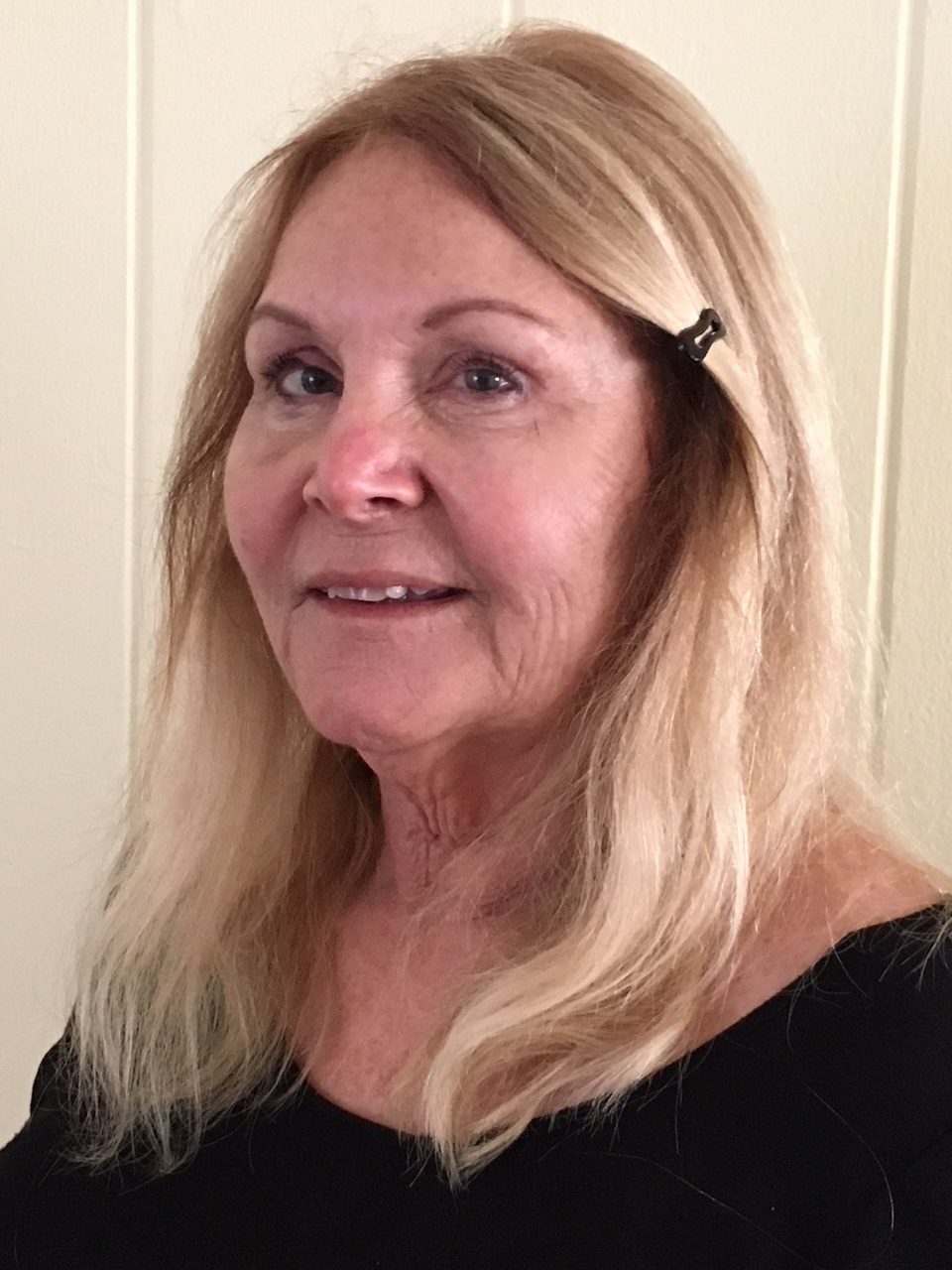Jan Dennis well remembers the panic spreading among her neighbors in the months before California voters overwhelmingly approved Proposition 13, the landmark property-tax-slashing initiative, which celebrates its 40th anniversary this year.
“People were having to move,” said Dennis, a Manhattan Beach historian and author who has lived in her ocean view house since 1972. “They owned their homes, but they couldn’t pay the property taxes, so they had to sell.”
Rising property values had been triggering notices of higher assessments that rendered homeowners afraid to look in their mailboxes. Frustration mounted when the Legislature failed to address the issue. There was even an attempt to create a new South Bay county that would offer kinder tax treatment, although it was rejected.
Finally, on June 6, 1978, voters across the state endorsed Proposition 13 by almost 2-to-1 (though not quite, as former Los Angeles mayor Antonio Villaraigosa discusses elsewhere in this issue). It rolled back property tax rates, which the Legislative Analyst’s Office said were averaging 2.67 percent of assessed valuation. The rates dropped to 1 percent of a home’s value (based since then on selling price). The initiative restricted future increases to 2 percent a year, depending upon inflation.
No one can say exactly how many Californians would have been pushed out of their properties without Proposition 13. Still, large numbers of homeowners, especially among the elderly and those on fixed incomes, have credited the initiative with saving their homes.
But it sent shock waves through local governments and school districts, which suffered a roughly 60 percent drop in property tax revenue – their main source of income. Municipal services were eliminated. Libraries closed. Class sizes increased. City and school officials scrambled to find new ways to raise money.
Nonetheless, 40 years later, Proposition 13 remains popular with California voters and has become a model for residents in other states battling high property taxation.
“The Number One priority and goal was to allow people to stay in their homes,” said Jon Coupal, president of the Howard Jarvis Taxpayers Association, named after the man who spearheaded California’s taxpayers revolt, which became Proposition 13. “That has to be judged a success. It made property taxes more stable and predictable.”
Coupal acknowledges, however, that the initiative has been less successful in meeting a secondary goal: holding down the cost of government.
Cities, craving sales tax revenue to replace property taxes, began competing to lure auto dealerships, shopping malls and big-box stores. They levied user fees for services and required developers to provide parks and streets. In hot housing markets, some builders tacked those costs onto the prices of their homes and apartments.
As a result, the cost of some local government services has grown and has shifted from the shoulders of property owners to broader groups of consumers – auto purchasers, builders, new home buyers and restaurant-goers, to name a few.
“We did see some evidence that, in the presence of Proposition 13, cities appear to be more likely to use fees . . . that fall disproportionately on the purchasers of newer homes,” said Brian Uhler, deputy legislative analyst for state and local finance in the Legislative Analyst’s Office.
Uhler and analyst Carolyn Chu wrote a comprehensive report in 2016 titled “Common Claims About Proposition 13.”
Among their findings:
- Wealthier people generally have received the greatest tax benefit from Proposition 13, because they tend to own higher-value properties and sometimes multiple properties.
- Before Proposition 13, property taxes comprised more than 90 percent of local tax revenue; today that share is less than two-thirds.
- Despite the lure of increased sales-tax revenue, researchers found little evidence that cities changed zoning and permitting decisions to favor retail development over housing.
- Property turnover has declined: 16 percent of properties were sold in 1977-78, but only five percent in 2014-15. This likely has been caused by several factors, including Proposition 13.
- Proposition 13 might have increased home ownership for some older Californians, while decreasing it for younger residents. It is unclear whether renters have gained.
Mary Sloane, a human resources director, said her family benefited from Proposition 13 in two ways. It allowed her to keep an older, cheaper property tax base when she inherited her mother’s Manhattan Beach house, and her daughter has been able to live in a Signal Hill condo once owned by Sloane’s late father.
The Manhattan Beach home, which her mother bought in 1973 for $80,000, was appraised at $424,000 upon her mother’s death in 1993. Sloane estimates it is worth more than $2 million today.
“I would not have been able live here without the ‘grandfathered’ property taxes,” Sloane said. “Because of Proposition 13, I could graduate from Mira Costa High School [and] raise my kids here. There is no way I could have afforded that without it.”
Proposition 13’s popularity has made it unlikely that voters would agree to major changes weakening its protections in the foreseeable future, experts agree. Periodically, efforts are made to tax commercial property at higher rates, but they face tough odds.
A measure on the ballot this coming November, called Proposition 5, would strengthen the protections of Proposition 13 by making it easier for those older than 55 and the disabled to keep their former tax base when they sell a home and buy another.
Dennis, the Manhattan Beach historian, said she would support measures to strengthen or preserve Proposition 13 but would fight hard against any move she feels would undermine it. As a longtime civic activist and a member of the City Council during the 1980s, she said she has struggled through layoffs and service cuts blamed on Proposition 13.
Nonetheless, she said, “it was so worth it.”






















